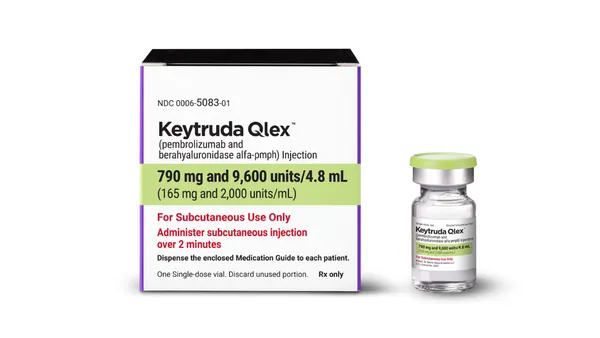Relax Your Grip and Get Global That Grabs (But is it branding, blanding, or blending?) Sudler & Hennessey Rob: Now that the World Cup’s over, is it a good time to discuss global branding? Bruno: It’s always a good time. Rob: In hearing about the power of the individual, new media, and channel management, it seems odd that we still approach global branding with a “one-size-fits-all” mentality. Bruno: I agree, there should be less focus on creating central brand control and more on building a consistent brand experience. Rob: Like McDonald’s — the same logo, colors, vision. Bruno: But when you go inside, the menu is varied by region. Rob: Aussies like pineapple on their burgers. Bruno: That’s disgusting! Rob: McDonald’s understands regional diversity and local creativity, and that’s what global branding should allow for. Bruno: And not the same communication in all countries. Rob: Nope, so why doesn’t this happen in pharma? Bruno: It could be a need for consistency, control, or cost savings, or all three. It certainly doesn’t seem to be driven by diversity and creativity. Many of the least differentiated contributions to healthcare communication have come from global branding. Rob: So, it’s global blanding then? Bruno: Exactly; any concept tested in multiple markets for cultural appropriateness will certainly have its edges flattened. Ultimately, the concept offends no one, impacts no one, and is oblivious to the needs of local markets. Rob: And costs a fortune. Bruno: We could argue for days about the true meaning of “consistent brand experience,” but when a tiger means one thing in China and something completely different in Italy, can a single image work? Rob: There must be a better model for doing this stuff. Bruno: Well, everyone’s calling for new thinking. Rob: But in pharma marketing, we are prescriptive, afraid of change, and narrowly focused. Bruno: You’ve pretty much described the current model of global branding. Rob: A process designed to force marketers and their agencies through an ever-shrinking set of doors, only to arrive at a very small and confined space. Bruno: And that’s uncomfortable, so what’s the alternative? Rob: Well, look at viral marketing, Web 2.0, Lovemarks. It’s still possible to create new approaches to branding. Bruno: You’re right. The power and variety of media — combined with the ability to interconnect — have given consumers greater control over not just what brand information they receive, but also how, when, and where they receive it. Rob: Chris Anderson, the editor of Wired, argued that consumers’ wants are no longer a given, and that media marketplaces are now reflecting those differences. That’s a strong case for diversity. Bruno: Although responses to brands popping up on YouTube must have marketers sitting on window ledges. Rob: Maybe at first, but I think they’re now seeing advantages to giving up some control of their brands. Bruno: If you have a good sense of direction, the end results shouldn’t be too surprising. Rob: So marketers can give and get. By relaxing their grip they are allowing fresh blood to flow. Bruno: And in return, they are realizing that working in many channels and having different messages is okay. We could call it global blending. Rob: Current global branding practices could morph into an open process with the endpoint of delivery of multiple messages across multiple channels. It’s not a complete shift — it’s just that the endpoints wouldn’t be a tight set of rules, but provide a platform that allows marketers to take advantage of the greatest opportunity for the brand. Its goal is to provide a core vision — then let local markets orchestrate the execution. Bruno: These could be advertising, med ed, interactive, anything. And if one country nails it, and others decide to adopt the work locally, then that’s cool. Rob: Instead of creating guidelines, we create platforms for ideas; we relax our grip and allow diversity to create multiple ideas stemming from a central vision. These ideas can then be adopted, adapted, and woven into the fabric of the brand in a more meaningful way. Bruno: I think this is exciting. We already know that locally developed ideas have been adopted by other markets, and have become global. Of course, this requires us to rethink the process and be open and creative. But I feel it’s about time — we need fresh air in this crowded global branding room. Rob: Speaking of fresh air, I’ve gotta get some. Is that the time? Want to know how the story ends? Find out at sudler.com. Rob Rogers Chief Creative Officer Sudler & Hennessey NY Bruno Stucchi Global Creative Director, Sudler & Hennesey Milan Sudler & Hennessey, New York, is a global healthcare marketing and communications organization with offices around the world; the network includes two global communications agencies — Sudler & Hennessey and Sentrix Global Health — as well as specialized divisions in medical education, research and strategic planning, branding, publication strategies, sales training, and digital solutions. For more information, visit sudler.com. Global Branding March 2007 VIEW on Advertising
An article from


Relax Your Grip and Get Global That Grabs
Filed Under:
Commercialization









